This was originally published by the Viennale in 2004 as part of a catalogue (Die Früchte des Zorns und der Zärtlichkeit) accompanying a program of John Ford films selected by Jean-Marie Straub and Danièle Huillet; it subsequently appeared online in Rouge no. 7 (2005). One can also access Kevin Lee’s two-part video featuring my commentary on both The Sun Shines Bright and Gertrud here and here. — J.R.

“The Doddering Relics of a Lost Cause”: John Ford’s The Sun Shines Bright
by Jonathan Rosenbaum
My father helped to run a small chain of movie theaters in northwestern Alabama that were owned by my grandfather while I was growing up. He and my mother weren’t cinephiles, but on two separate occasions they took the trouble to travel to cities in different states to attend world premieres in the South while I was growing up. One was for a big Southern film from a big studio (M-G-M), Gone with the Wind, held in 1939 in Atlanta. The other was for a small Southern film from a small studio (Republic Pictures), The Sun Shines Bright, held in 1953 in what I believe was a city in Tennessee — most likely Nashville or Chattanooga, possibly Memphis or Knoxville. Read more
From the Chicago Reader (November 20, 1987). — J.R.
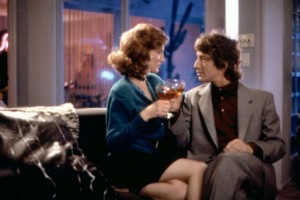
CROSS MY HEART
*** (A must-see)
Directed by Armyan Bernstein
Written by Armyan Bernstein and Gail Parent
With Martin Short, Annette O’Toole, Paul Reiser, and Joanna Kerns.

Like a 3-D movie, in which the illusion of depth is utterly dependent on the spectator’s rigidly foursquare frontal viewing position, Armyan Bernstein’s Cross My Heart is flat and fuzzy around the edges; tilt your head slightly, and the roundness of the characters vanishes immediately. But because the characters holding the center of the screen are nearly always Martin Short and Annette O’Toole — consummate pros commanding and regulating the space between and around them like two generals at a summit conference — there’s rarely any reason to look aside; our attention is riveted.
For all their charisma, one wouldn’t have thought O’Toole or Short capable of such mastery on the basis of their separate and earlier outings. Despite his frequent brilliance on SCTV and Saturday Night Live, mainly as a parodist of narcissistic TV and movie personalities ranging from Dick Cavett to Jerry Lewis (by way of Katharine Hepburn), Short was both literally and figuratively dwarfed by Steve Martin and Chevy Chase in Three Amigos, although admittedly all three amigos were mainly stranded by the anemic comic material. Read more
Written for the 99th issue of Trafic (Fall 2016) — a revision and slight expansion of two previous essays. — J.R.
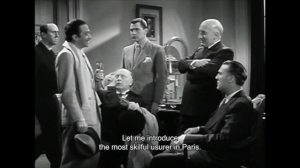
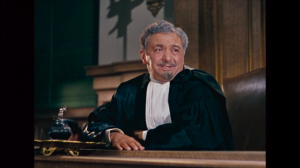
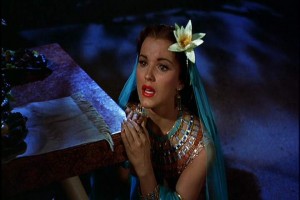
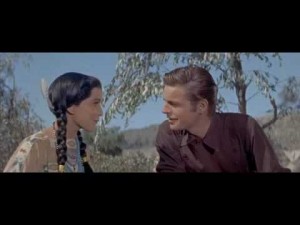
The rapidly and constantly expanding proliferation of films and videos about cinema is altering some of our notions about film history in at least two significant ways. For one thing, now that it has become impossible for any individual to keep abreast of all this work, our methodologies for assessing it as a whole have to be expanded and further developed. And secondly, insofar as one way of defining work in cinematic form and style that is truly groundbreaking is to single out work that defines new areas of content, the search for such work is one of the methodologies that might be most useful. In my case, this is a search that has led to considerations of two recent videos by Mark Rappaport: I, Dalio — or The Rules of the Game (2014, 33 minutes), and Debra Paget, For Example (2016, 37 minutes). Both are highly personal works that also define relatively new areas of on-film film analysis, forms of classification that can be described here as indexing.
Rappaport was born in New York and he lived and (mostly) worked there until he moved to Paris in 2005, although his work with found footage started over a decade earlier with Rock Hudson’s Home Movies (1992), followed by Exterior Night (made in Germany for German television in 1993), From the Journals of Jean Seberg (1995), The Silver Screen: Color Me Lavender (1997), and his 2002 short John Garfield. Read more







